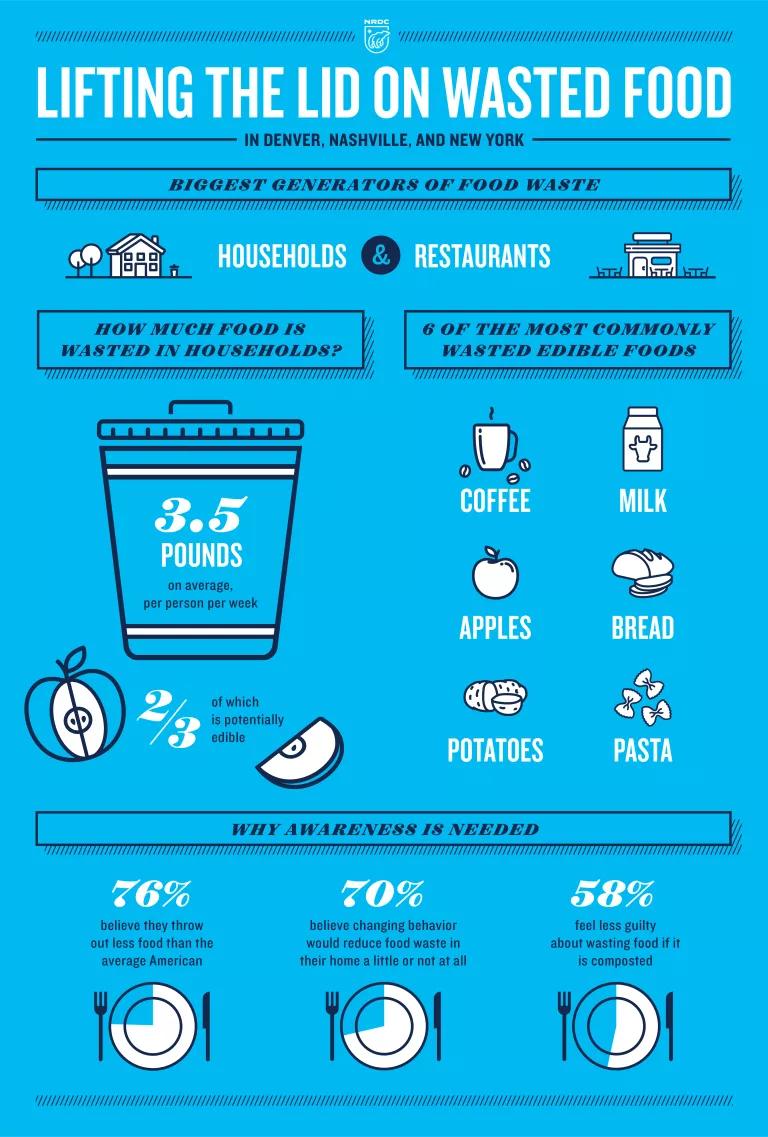
Cities across the United States are often motivated and well-positioned to limit the amount of wasted food. However, few cities have quantified the amount, sources, or nature of food going to waste; evaluated how much additional food could potentially be rescued from within their community, beyond current donations; or investigated how to most effectively tackle the challenge of wasted food.
To help cities waste less food, NRDC developed two reports and a series of case studies with support from The Rockefeller Foundation.
- NRDC’s baseline food waste report, Estimating Quantities and Types of Food Waste at the City Level, offers critical data about the amounts, sources, and types of food going to waste in three U.S. cities. The report includes technical appendices available under a separate cover.
- A second report, Modeling the Potential to Increase Food Rescue, reveals opportunities at the city level for redirecting additional surplus foods to those in need.
- NRDC has also developed a series of case studies highlighting efforts to waste less food from a range of stakeholders, including non-profits, businesses, cities, and states.
City and county governments, in tandem with business leaders, non-profit organizations, philanthropic stakeholders, and citizens, can be leading players in catalyzing innovation to reduce the amount of food going to waste and increase food donations. Our analyses and methodologies are designed to provide groundbreaking tools and insights to inform and inspire cities across the country to more fully meet the challenge of wasted food.
Case Studies
- Bon Appétit’s Imperfectly Delicious Produce
- Daily Table: Rescuing Food and Creating Better Alternatives for Low-Income Families
- DC Central Kitchen
- Drexel Food Lab
- San Francisco Composting
- Second Harvest
- Vermont’s Universal Recycling Law
- Waste Not Orange County Coalition
Food Rescue Geovisualization






